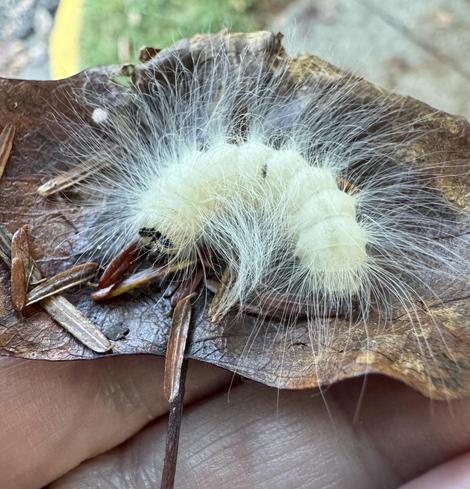#nature #wildlife #wildlifephotography #naturephotography #ukwildlife #bathnature #fungi #mushroom
Lynda Delph
- 531 Followers
- 441 Following
- 1.9K Posts
#nature #wildlife #wildlifephotography #naturephotography #ukwildlife #bathnature #fungi #mushroom
#nature #wildlife #ukwildlife #bathnature #bird #birdsong
Another image from the coast near here….this time a strong breeze and a sunny afternoon. A place which isn’t on the way to anywhere or a destination. It is a rarely visited headland which I go to at some point every week. I’m sharing it because I wish everyone a place to go to be alone and be inspired by nature. In the other direction are homes and crofts and busy roads, ahead of me this invigorating stormy vista where sheep and birds are the only occupants.
Waffles the Cat, staring into the abyss, working out the best angle to swat it.
#cat #CatsOfMastodon #cats #mastocats #tripawed #ThreeLeggedCat #catstodon #fedicats #caturday
"In 1954, national testing began on 1 million children, ages 6-9, who became known as the Polio Pioneers. On 4.12.55, the results were announced: the vaccine was safe & effective. In the 2 yrs before the vaccine was widely available, the average # of polio cases in the U.S. was more than 45,000. By 1962, that # had dropped to 910. . . . #Salk never patented the vaccine or earned any $ from his discovery, preferring it be distributed as widely as possible."
Close-up in moss

Frequency-dependent fitness effects are ubiquitous
In simple microbial populations, the fitness effects of most selected mutations are generally taken to be constant, independent of genotype frequency. This assumption underpins predictions about evolutionary dynamics, epistatic interactions, and the maintenance of genetic diversity in populations. Here, we systematically test this assumption using beneficial mutations from early generations of the Escherichia coli Long-Term Evolution Experiment (LTEE). Using flow cytometry-based competition assays, we find that frequency-dependent fitness effects are the norm rather than the exception, occurring in approximately 80\% of strain pairs tested. Most competitions exhibit negative frequency-dependence, where fitness advantages decline as mutant frequency increases. Furthermore, we demonstrate that the strength of frequency-dependence is predictable from invasion fitness measurements, with invasion fitness explaining approximately half of the biological variation in frequency-dependent slopes. Additionally, we observe violations of fitness transitivity in several strain combinations, indicating that competitive relationships cannot always be predicted from fitness relative to a single reference strain alone. Through high-resolution measurements of within-growth cycle dynamics, we show that simple resource competition explains a substantial portion of the frequency-dependence: when faster-growing genotypes dominate populations, they deplete shared resources more rapidly, reducing the time available for fitness differences to accumulate. Our results demonstrate that even in a simple model system designed to minimize ecological complexity, subtle ecological interactions between closely related genotypes create frequency-dependent selection that can fundamentally alter evolutionary dynamics. ### Competing Interest Statement The authors have declared no competing interest.






